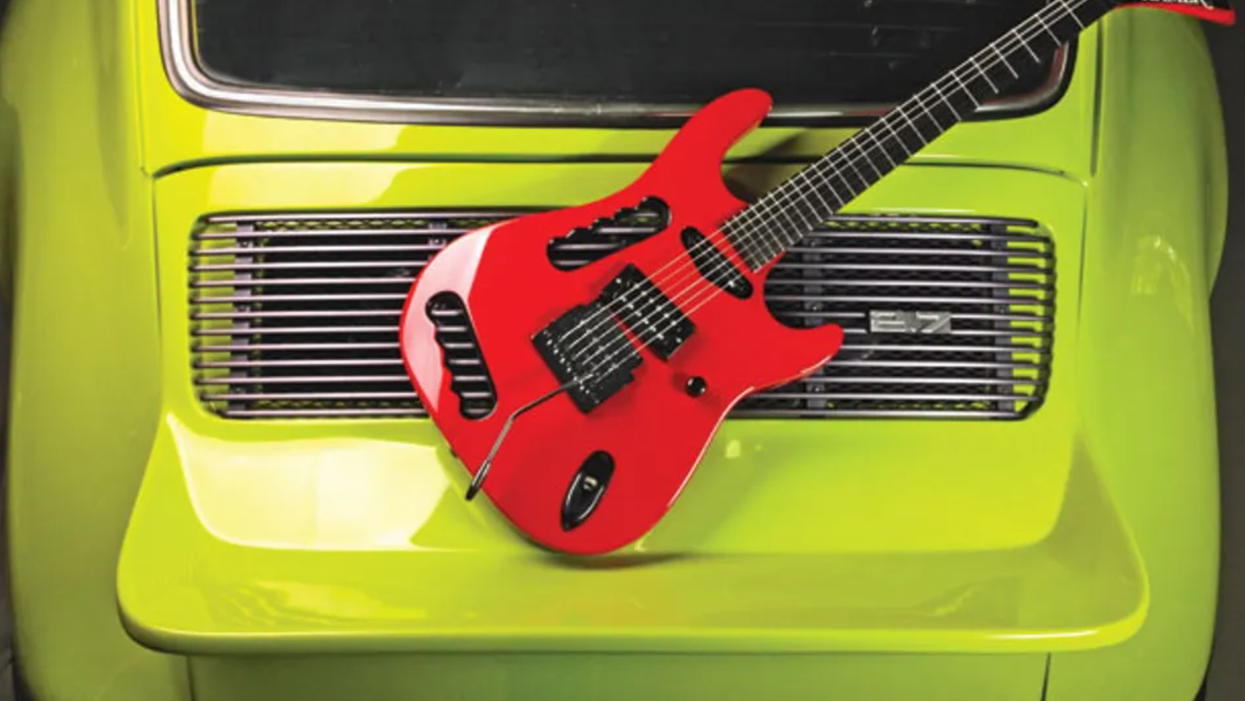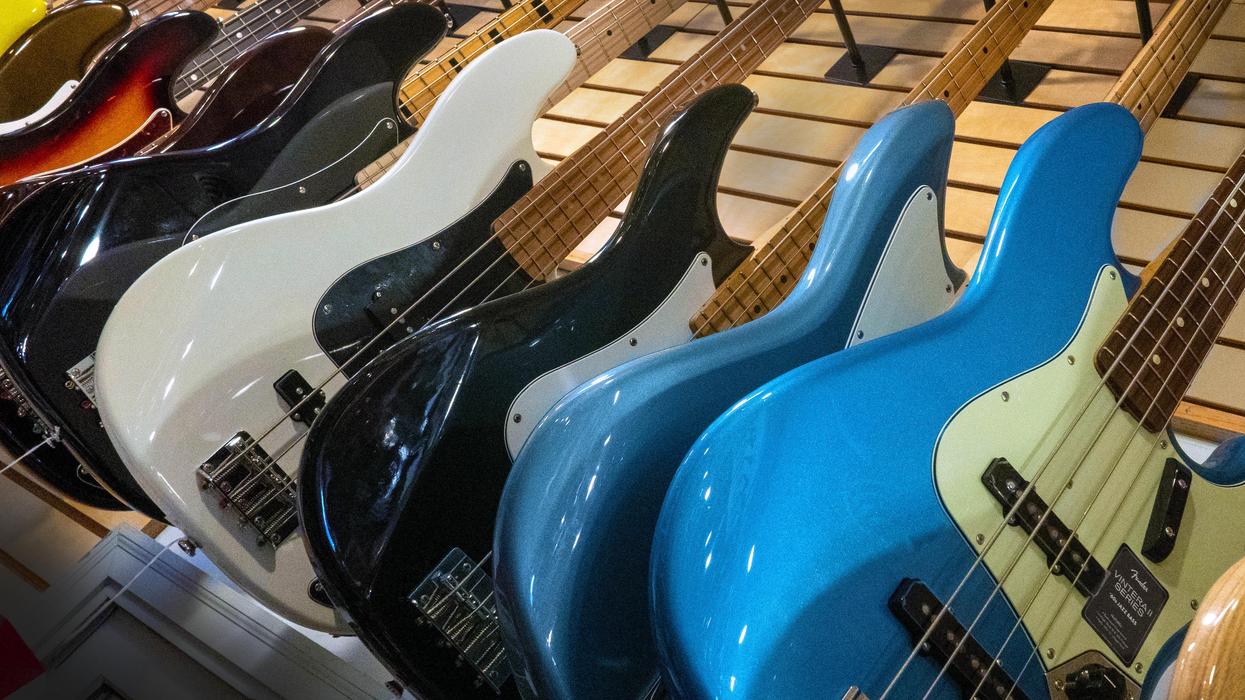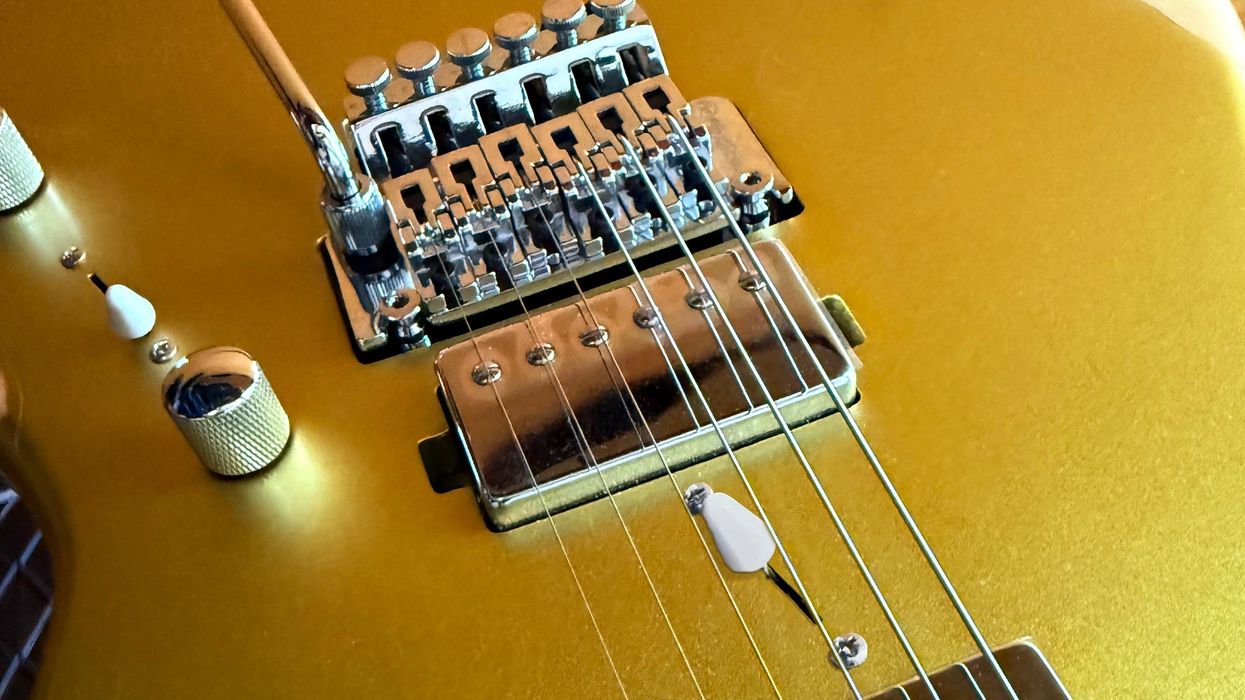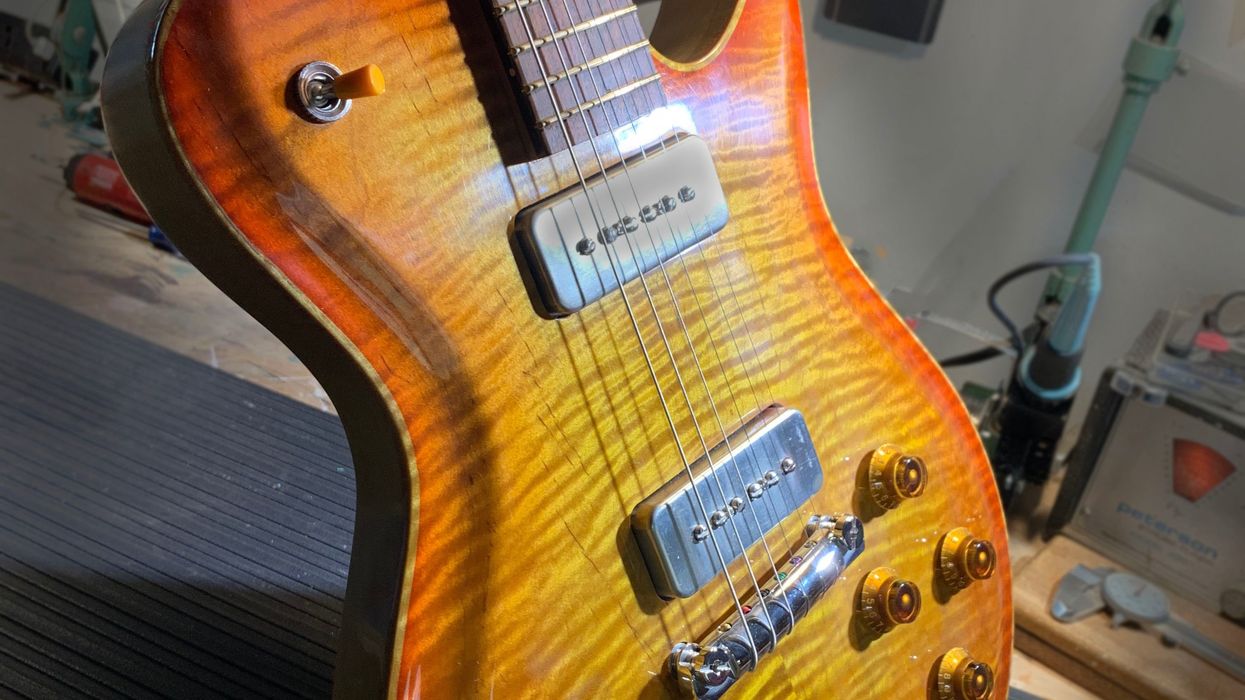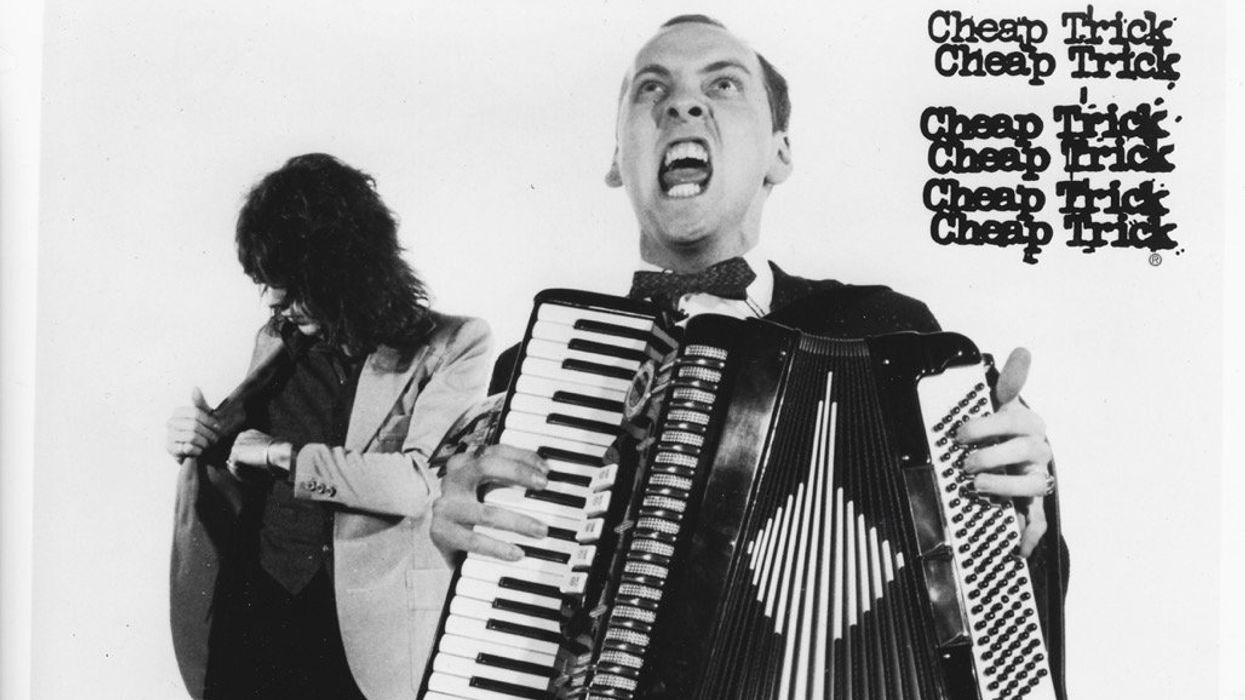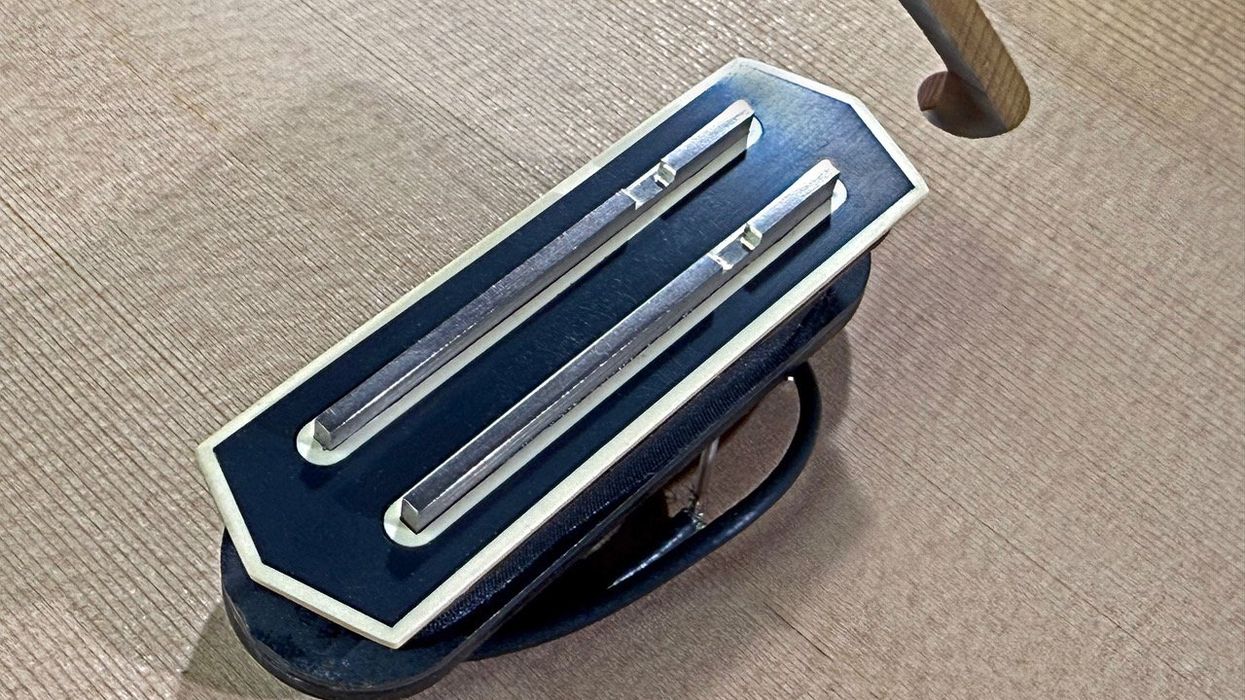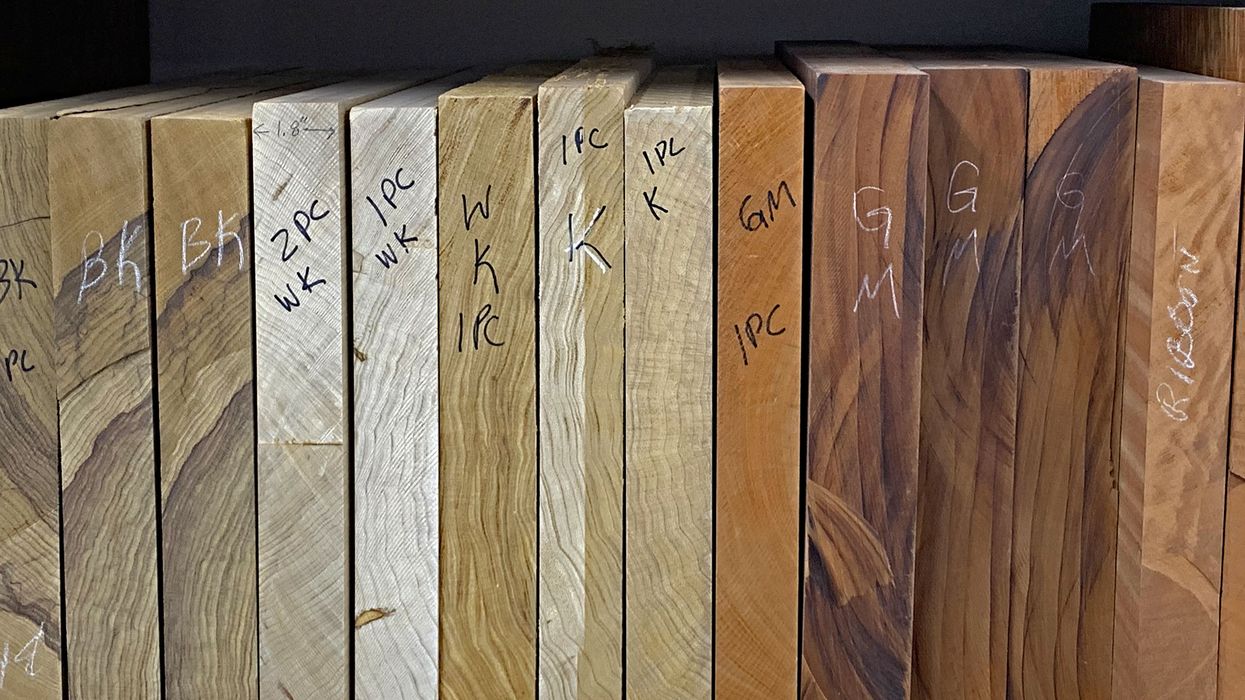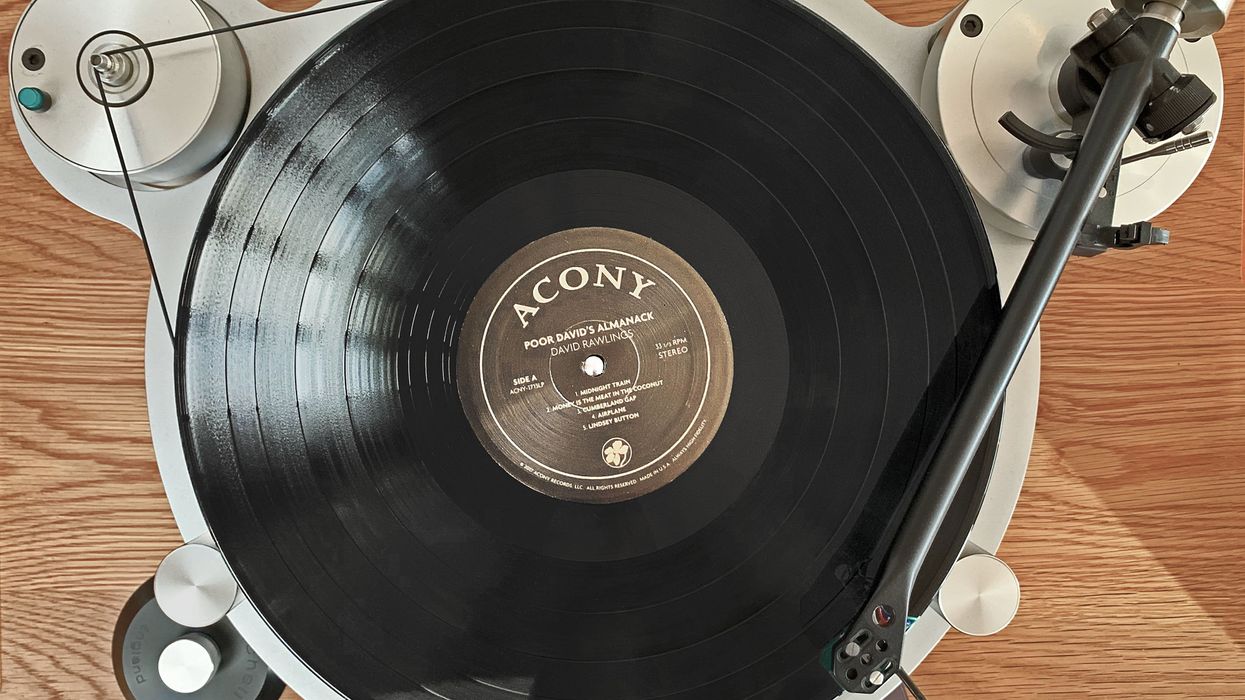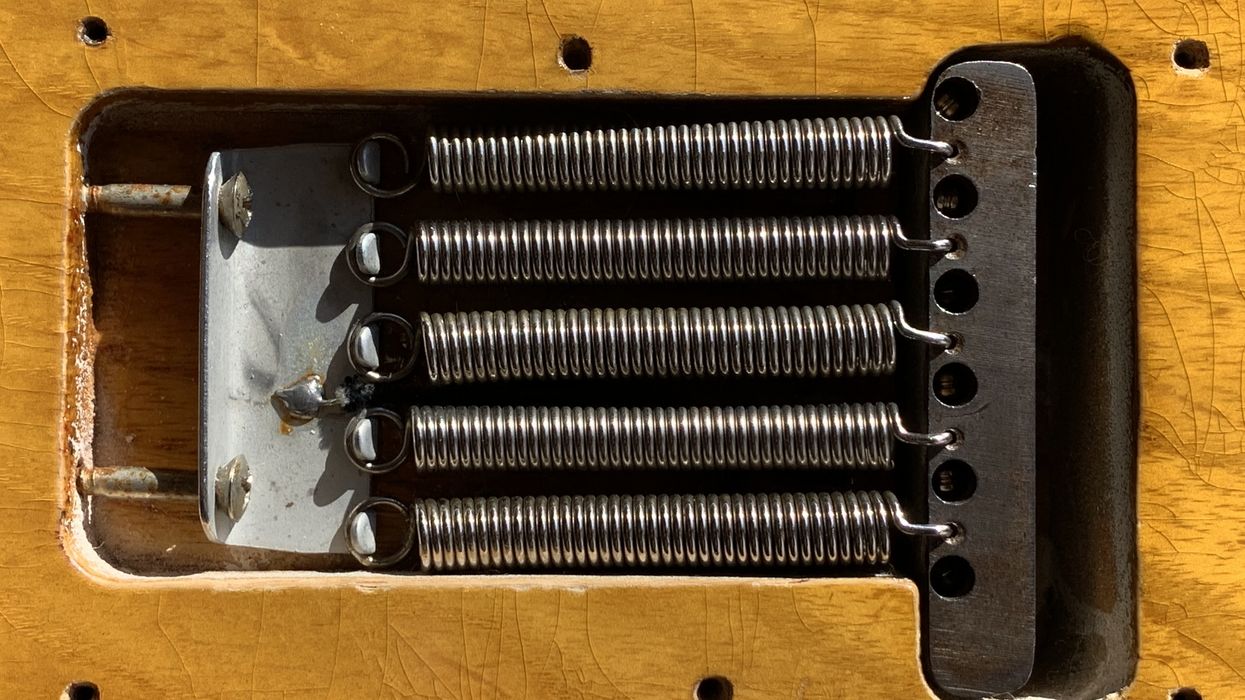One of the best things about the guitar is its seemingly endless musical flexibility. There's really something magical about the way a guitar looks and the sounds it makes. I'm unabashedly in love with everything guitars do and am inclined to agree with fingerstyle great Leo Kottke, who once quipped that a guitar even sounds good when you drop it on the floor. But how much of the instrument's vocabulary was designed into it on purpose and how much was merely discovered after the fact?
Every good guitar design has a purpose in mind, either functional or visual. This can include styling or restyling as an attempt to bolster sales or perhaps solve problems—either real or imagined. A quick visit to your favorite guitar shop will reveal lots of recycled designs, and occasionally something actually new.
Musicians, however—being the crafty artists they are—soon move beyond any design boundaries. Whatever the point of the design exercise, a guitar's range is not limited purely to its original intent, but rather the imagination of the player. I doubt that Leo Fender imagined a howling wall of 4x12 cabs feeding back. That squealing was considered a problem at the time. Still, artists like Jeff Beck have raised the random sounds of an amplified guitar to high art, while Jimi Hendrix and Edward Van Halen plunged the threshold of the whammy bar to unforeseen lows. By experimenting with the percussive capabilities of the guitar, Pete Townshend made some glorious noise as well.
Musicians are always looking for new and different ways to express themselves, and pushing their instruments past what they were intended to do is part of the process. In 1967, Creation's guitarist Eddie Phillips bowed his guitar on the band's hit single “Painter Man," which was soon followed by Jimmy Page doing likewise with the Yardbirds' song “Tinker Tailor."
Uli Jon Roth conceived and commissioned a 30-fret guitar in 1979 whose upper register was intended to emulate the violin. In the 1980s, Steve Stevens incorporated a toy raygun into the circuitry of one of his guitars in order to expand its vocabulary, while Paul Gilbert used a cordless drill to pluck his strings with Racer X. This particular era in music also saw copious use of whammy bar gymnastics made possible by new designs in locking bridge and nut systems such as the Kahler, Wonderbar, and Floyd Rose.
There is also the visual aspect of the guitar, both as homage to the past and for its shock value in the present. Almost every possible permutation has been done by now—mirrors, lasers, flamethrowers, flashing lights, and so on. I've been guilty of partaking in more than my share of sight-gag instruments over the years (so please spare me the hate mail). It seems that this area of redesign—which I call styling—has had the greatest impact on the industry. You could argue that a lightning bolt shape makes a more effective statement to the average audience than a perfectly intonated three-octave arpeggio, although the musicians in the gallery may see it differently.
You need to look back a long way to trace the origins of guitar fashion. We are all aware of centuries-old instruments adorned with fancy inlays and colorful marquetry. For the better part of a century now, guitars have employed the spiffy flamed maple originally used on violins (known generically as fiddleback), while the solidbody electric ushered in the use of flashy automotive paints in the 1950s. Then, following the radical Stratocaster (possibly the first real break from tradition), came Gibson's response with the Flying V and Explorer.
As music got groovier a few years later, Vox created the Teardrop and the angular and quirky Phantom. Guitars were becoming visual statements and the sky was the limit. Although the “futuristic" Gibson designs failed to sell at first, they too have become part of the accepted lexicon, and wacky shaped guitars can even be found onstage at the Grand Ole Opry. Increasingly, styling cues have become helpful to both musician and manufacturer. For the performer, it allows them to create an identity. And for the builder, it's a sales tool. No one really knows if the egg came before the chicken, but the omelet is still with us.
So where does this leave us as builders? Should we continue to mimic the designs of the past and rely upon innovative players to reapply our creations to new frontiers? Or instead, should we attempt to break the mold and hope that musicians respond to the challenge?
